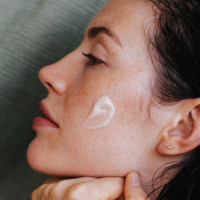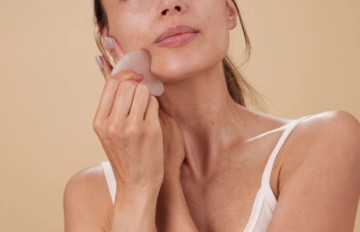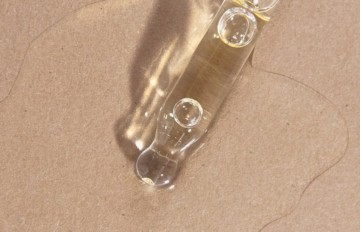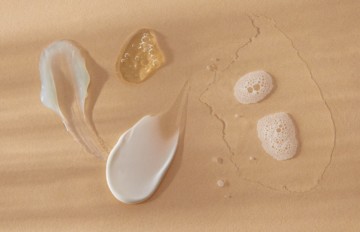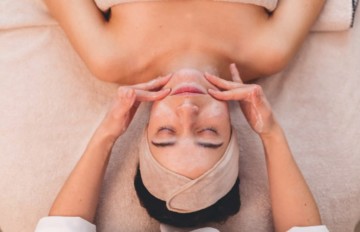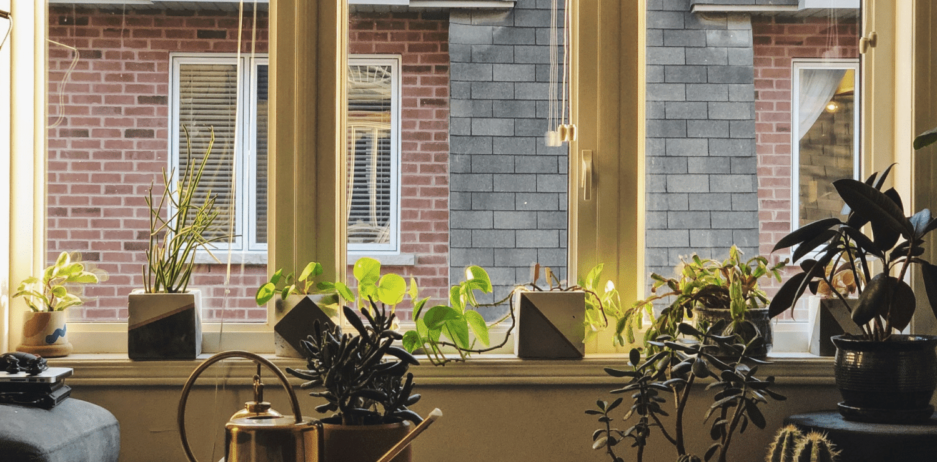
Beautiful ways to take care of the planet – Ch 2 : (Indoor) Air
Chances are, if you read my articles on Beauty Therapy, you already know the hummingbird parable. It highlights two notions that must also be familiar to you: the fundamental importance of taking small steps and “doing your part”. The climate change represents a gigantic challenge to which we must all commit to do better, less, more, differently (depending on the case, of course). I will gather in this series “Beautiful ways to take care of the planet” plenty of small actions, not expensive and effortless, just to bring us a little more awareness and the desire – or at least the acceptance – to change some of our habits.
Chapter 2: (Indoor) Air
Even more than water, air is essential to life. As a child, you have certainly played ” The one who holds the longest breath” and if you practice Kundalini yoga, you must also hold your breath at the end of some Kriyas. But it is likely that you have not exceeded 1 minute. When we do not breathe, we deprive our brain from oxygen, and if its weight represents only 5% of your body, it consumes 20% of the body’s oxygen! The limit of apnea is set at 3 minutes without brain damage and at 4 to 6… but with cerebral damage… unless you are as trained as Stéphane Mifsud, the French world champion of static apnea with a duration of 11 minutes 35 seconds in June 2009.
So, what can we do to improve this air that we inhale 12,000 liters a day and cannot do without for more than a few minutes?
Indoor
You probably already know this, and as surprising as it may seem: the air in our homes is often more polluted than the air outside: on average 8 times more! And there are more than 500 toxic pollutants in indoor air, many of which are carcinogenic! Air pollutants are classified according to 3 categories: physical pollutants (radon, humidity, asbestos,…) biological pollutants (mites, molds, animal hair,…) and chemical pollutants (formaldehyde, benzene, toluene, CO2, acrolein,…). Fortunately, we can act and, by combining several actions, help purify this air at least in part.
1. Aerate!
The simplest and most important measure because it acts on several factors. It allows to renew the air and thus to disperse molecules from cleaning products or those generated by the paint of your walls, the glue of your wooden floor or furniture, but it also fights against moisture and dust mites! Open the windows 10 minutes, twice a day and systematically after using cleaning products. And that, even if your windows face a busy boulevard. This is the minimum in “normal” times… so it’s even more recommended in these times of pandemic.

2. Use ecological cleaning products
We think we’re doing the right thing: cleaning, dusting, dust mites, germs, etc., but we do worse! Cleaning products emit polluting substances and harm the quality of the air in your home (and your skin too). Choose products with the Ecocert label, or “Indoor Air Controlled”, an international label which product certification is based on more than 119 international standards and regulations and is recognized worldwide.
3. Install a ventilation system
We are incited to well isolate our houses to save energy…but you still need to keep the air circulating! So, depending on the case, it may be wise to add a VMC to stir and amplify the natural ventilation. At least two rooms deserve special attention: the bathroom, unfortunately often without windows and therefore subject to humidity, and the kitchen because cooking emits many pollutants (nitrogen monoxide, nitrogen dioxide, …).
4. Take a look at your furniture
If you spend your weekends in antique shops you probably won’t be concerned, but if your thing is vintage Danish or Ikea look a little closer: furniture emits pollutants throughout its life, especially formaldehyde (a proven human carcinogen according to the IARC – International Agency for Research on Cancer) because of the glues used in its manufacture. Some brands now guarantee the safety of their manufacture, as in fashion, you must now look carefully at the labels and often ask before buying!
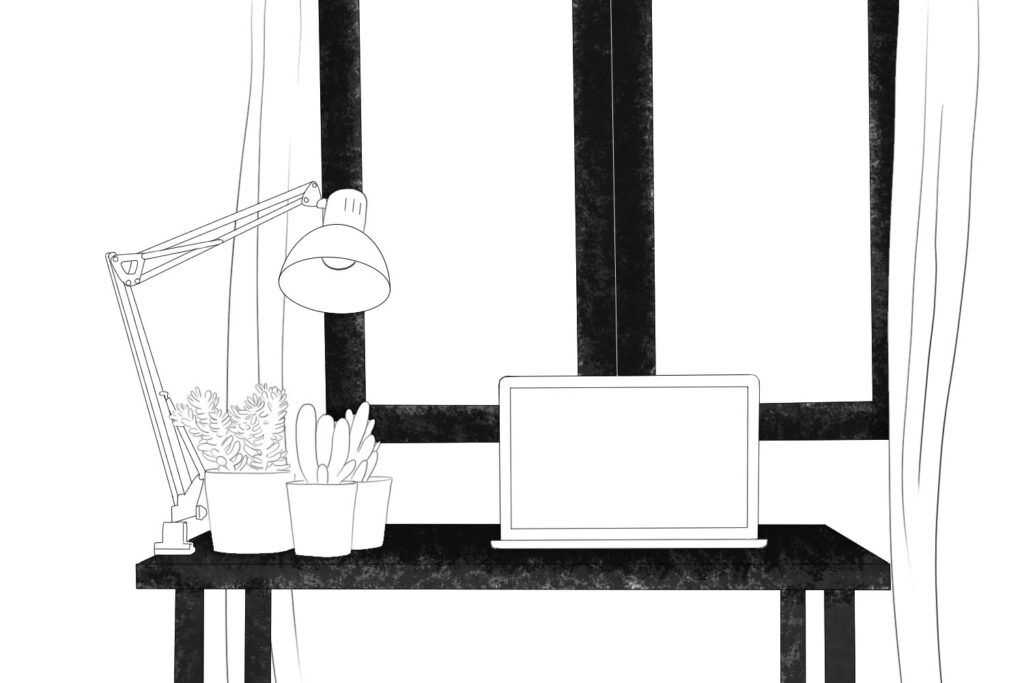
5. Not too dry, not too humid!
Air that is too dry is unpleasant, it dries out our skin and mucous membranes – you can easily remedy to that by fixing humidifiers on radiators or going for the luxury version such as Dyson. However, the humidity level inside the house should be between 40 and 70%. If it is too high, your home will become a hotbed for bacteria and dust mites. If your walls are damp, they need to be treated: find the leak or infiltration, repair, repaint… but sometimes it’s just a matter of putting away all those things piled on top of each other that end up creating wet pockets. Again, aerating is a good way to avoid those problems.
6. Choose inert paints
Paints have two emission phases. A short-term phase, during application, and a long-term phase because, once applied, it continues to emit polluting substances ad vitam aeternam! Here again, there are labels that guarantee their harmlessness. It is of course a little more expensive to buy … but your health deserves it!
7. Avoid everything that perfumes the air
Yes, I know, you must be looking at me strangely! And yet, most of the time anything that is supposed to perfume the house can be harmful to your bronchial tubes. I’m not even talking about those awful “chemical” sprays that I hope you don’t use, but most candles, incense, and potpourri are not very respectful of your health. The fumes released pervade textiles and are then released over time. So if you want to light a candle, do it only once in a while. And if you like to scent you home, why not place flowers or essential oil nebulizers (I remind you that nebulizers are therapeutic and that you must therefore use it sparingly!) Finally, do I need to remind you smokers to go at the window?
Next month we will focus on the outside air!
